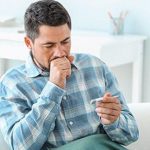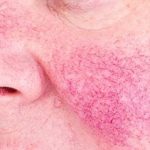
Walking is one of the best exercises available to average folks, and it can be as easy as stepping out your front door, experts say. “It is something you can easily fit into your lifestyle,” said Dr. James McDeavitt, professor of physical medicine and rehabilitation and executive vice president and dean of clinical affairs at Baylor College of Medicine. Walking has been shown to improve heart health and contribute to better mental health. It can even ward off osteoporosis by toughening up bones, McDeavitt added. Walking also serves as a wonderful entry point for someone looking to improve physical activity, since it involves less wear and tear on the joints than running. Even for people with health problems that impair mobility, walking is a good exercise option, McDeavitt said. Indoor running tracks provide a safe environment, particularly if someone has the company of a caregiver or loved one. However, treadmills and other automated cardio machines should be avoided by those with severe mobility issues, as there’s a greater risk of injury with those devices. Folks who’ve been inactive should start by consistently walking five to 10 minutes a day, and then gradually increasing that time, McDeavitt said. McDeavitt recommends walking at a low intensity for a longer duration to get the most out of walking, rather than trying to power-walk. However, walking at a faster… read on > read on >


















